This article was first published by Cosmos.

The quantum bee’s wings and the quantum choose-your-own-adventure are the first two winning entries of the CSIRO’s Double Helix Extra, Cosmos Magazine, and the AIP’ s challenge: Explain quantum physics to kids aged 12-14.
The judges looked for two main qualities in the entries: scientific accuracy and the ability to engage a young audience.
They said: “Quantum mechanics can often be seen as an intimidating and abstract subject, but it’s really just a different perspective on the world around us.
“The strongest submissions captured this perspective effectively, presenting the science in a way that was both clear and captivating.
“They managed to simplify intricate concepts while staying true to the facts, encouraging students to think differently and explore further.
“We were impressed by the creativity and dedication in every entry, and it’s clear that there’s a strong passion for making science accessible and exciting for young learners.”
The President of the AIP, Nicole Bell, was delighted to see the positive response to the Quantum Explained Challenge.
“We set out to challenge participants to explain quantum mechanics in a way that would resonate with school students, and the effort we saw was impressive,” Prof Bell says.
“The competition highlighted how powerful it can be to present complex science in an approachable and engaging manner.
“It’s been inspiring to see so many creative ways to make quantum physics relatable, and I’m excited to see how these ideas will help spark curiosity in young minds.”
Read more on the Cosmos website or in the CSIRO Double Helix newsletter.

